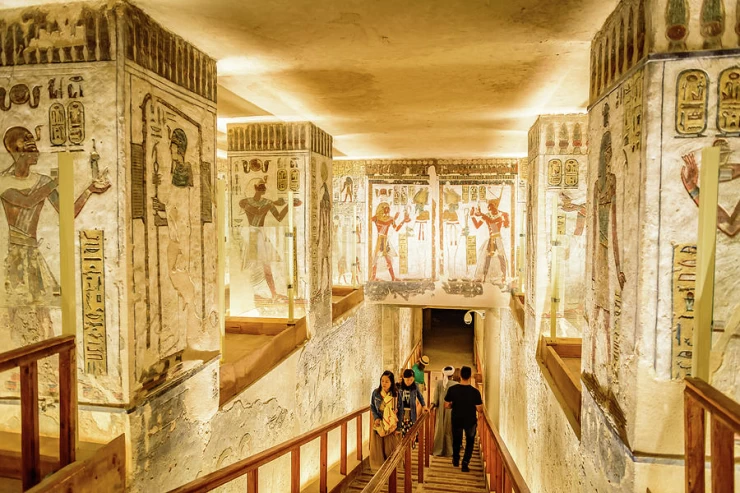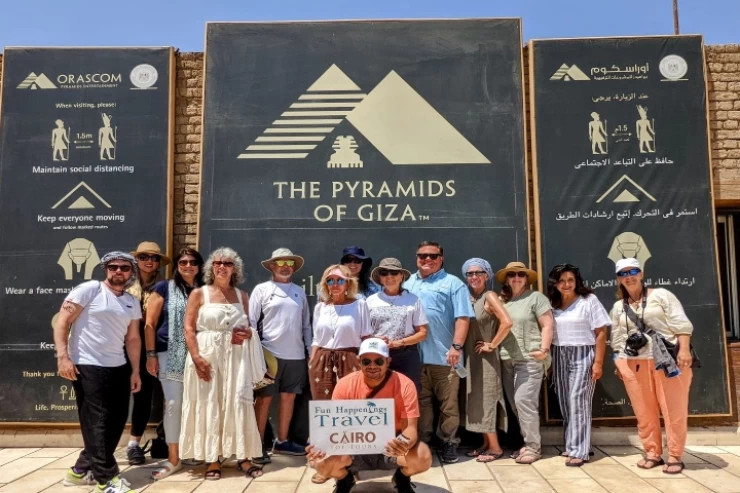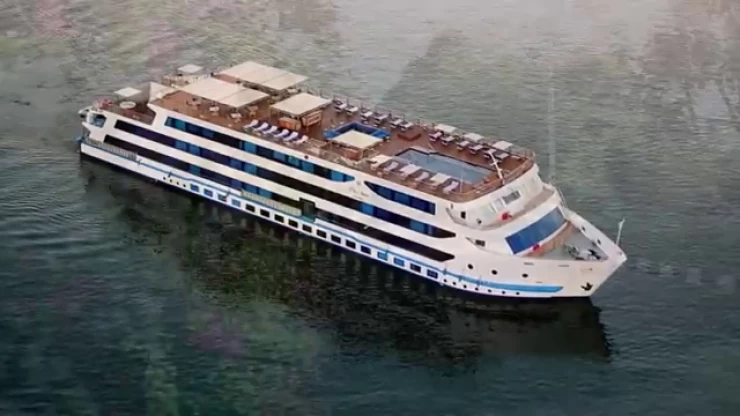
The High Dam
The High Dam: The Most Stunning Engineering Accomplishment of Contemporary Egypt
The High Dam, located in Aswan, Egypt, is among the most loved modern engineering feats in the nation. Built to regulate the flow of the mighty Nile River, this bulldozer changed the paradigm of farming and energy generation in the country. Additionally, it also raised the stature of Egypt on the world map as one of the first countries to harness hydropower for economic growth and implementation of water management practices.
The Vision Behind the Dam
The dam was completed in 1970, but its conception and construction began during the time of President Gamal Abdel Nasser. The High Dam’s primary objectives were to control the annual Nile floods, provide an adequate supply of water for agriculture, and produce electricity for the growing population and industries in Egypt.
While an Egyptian project, the High Dam involved a significant degree of joint work with the Soviet Union. The partnership delivered a dam measuring a staggering 3,830 meters in length and 111 meters in height and made up of 43 million cubic meters of material, all of which was a structural marvel in the engineering world at that time.
Engineering Marvels
The Lake Nasser extract is considered one of the biggest descriptive and building areas that the artificial lake in the world reaching over 500 kilometers in length along both Egypt and Sudan. This abstract reservoir has a storage capacity of 132 billion cubic kilometers of water, which is an essential element for irrigation and industrial as well as domestic purposes.
Along with the water management benefits, the High Dam practically also causes about 2.1 gigawatts of electricity contribution from its 12 turbines that power millions of Egyptian households and aid immensely in complementing the energy requirements of the nation. This clean power generation has been and still is the engine of economic and social development in Egypt.
The High Dam Advantages
The High Dam has already changed Egypt in every possible way, including the landscape and the economy:
Flood Control: Due to the control of the Nile’s waters through the dam, the casualties and destruction from high floods that previously occurred are no more.
Irrigation: This helps to ensure an adequate amount of water throughout the year for agricultural practices and expansion of food production.
Hydroelectric Power: The power that is produced from electricity generated by the dam infrastructure serves the dwellers of Egypt and its industries, easing the nation’s dependence on the use of fossil fuels.
Tourism: The dam and its accompanying lake, Nasser, have earned fame from many tourists courtesy of the beautiful sights and the fishing and boating activities of the lake and the dam’s perimeter, respectively.
Challenges and Preservation Efforts
The construction of the High Dam had its merits but also challenges; communities were displaced and sites of historical significance were submerged. Even so, the global enthusiasm that led to raising monuments like Abu Simbel demonstrated the value of the cultural heritage of Egypt in a better way.
In addition, assessment and management of the problem of the dam's effects on the ecosystem, including sediment flow and the Nile’s delta, remain unfinished as well.
Visiting the High Dam
A visit to the High Dam is in itself an interesting trip in the contemporary history of Egypt. Yes, visitors can enjoy views of the vast Lake Nasser from one side and the calmness of the Nile on the opposite side from the top of the dam. Daybreak Tours provides information regarding the construction of the dam, its purpose, and the hurdles faced during the building of the dam.
The High Dam—A Wonder of Engineering
The High Dam is not a mere structure; it is an expression of the country’s aspirations, unity, and the spirit to do all that it takes to improve the welfare of the people. War or Peace: If the mission is to America, an engineer, a ‘history’ buff, or anyone bothered who only wants to see the modern achievements of Egypt—in one word, the High Dam is such a place that no travelers could skip, integrating history and the contemporary era of this rich country.
The potential and potential of the high dam attraction touches the legacy of one of the greatest achievements of civilization in Egypt.
Queen Nefertari
Besides the dam itself, another tourist attraction is the Kalabsha Temple, located on the western bank of Lake Nasser. The temple was to be moved here before the flooding of the lake basin. The temple, dating back to the Ptolemaic era, was dedicated to the worship of Mandulis, a god of ancient Nubia. The high dam is heavily guarded since it would wash most of Egypt into the Mediterranean if it collapsed. The High Dam is a lamp that illuminates the surroundings of Egypt's landmarks that can be discovered on your day tours in Egypt. A highly qualified guide from Cairo Top Tours will accompany you every step of the way.
Due to its capacity to manage river discharge, retain water, and produce electricity from hydropower, the Aswan High Dam has brought enormous advantages to Egypt and has created possibilities for both industrial and agricultural expansion.


















